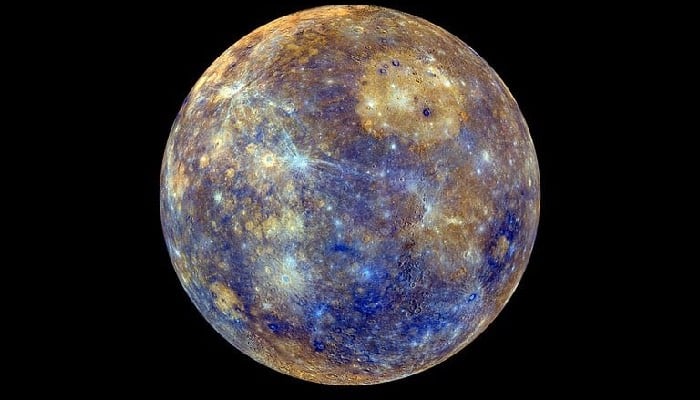
A recent study suggests that Mercury may have a thick layer of diamonds beneath its surface.
According to Live Science, Yanhao Lin, a scientist involved in the study, explained that Mercury's high carbon content indicates unusual processes within the planet.
Understanding Mercury's potential diamond formation:
Mercury, the closest planet to the Sun, has a weak magnetic field and regions of its surface that appear unusually dark.
NASA's Messenger spacecraft identified these dark areas as graphite, a form of carbon.
The study, published in Nature Communications, explores Mercury's unique composition and magnetic properties.
Scientists believe that Mercury formed from a hot, lava-filled surface, rich in silicate and carbon.
As the planet cooled, metals formed a core while the outer crust solidified. Initially, it was thought that carbon in the mantle formed graphite.
However, recent findings suggest that Mercury's mantle is deeper than previously believed, increasing the temperature and pressure at the core-mantle boundary and potentially turning carbon into diamond.
Researchers recreated Mercury's early conditions by mixing carbon, silica, iron, and iron sulfide. These mixtures were subjected to high pressure to simulate Mercury's interior.
Meanwhile, computer models provided further insights into the temperature and pressure conditions near Mercury's core.
The study found that minerals like olivine likely formed in Mercury’s mantle, and that higher temperatures due to sulfur could lead to diamond formation.
If diamonds are present, they could form a layer about 15 kilometers thick.
Mining these diamonds is impractical due to Mercury's extreme conditions and the depth at which the diamonds are located.
However, these diamonds might help explain how heat transfers between Mercury's mantle and core, influencing its magnetic field.















